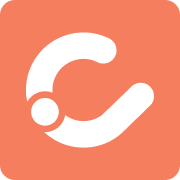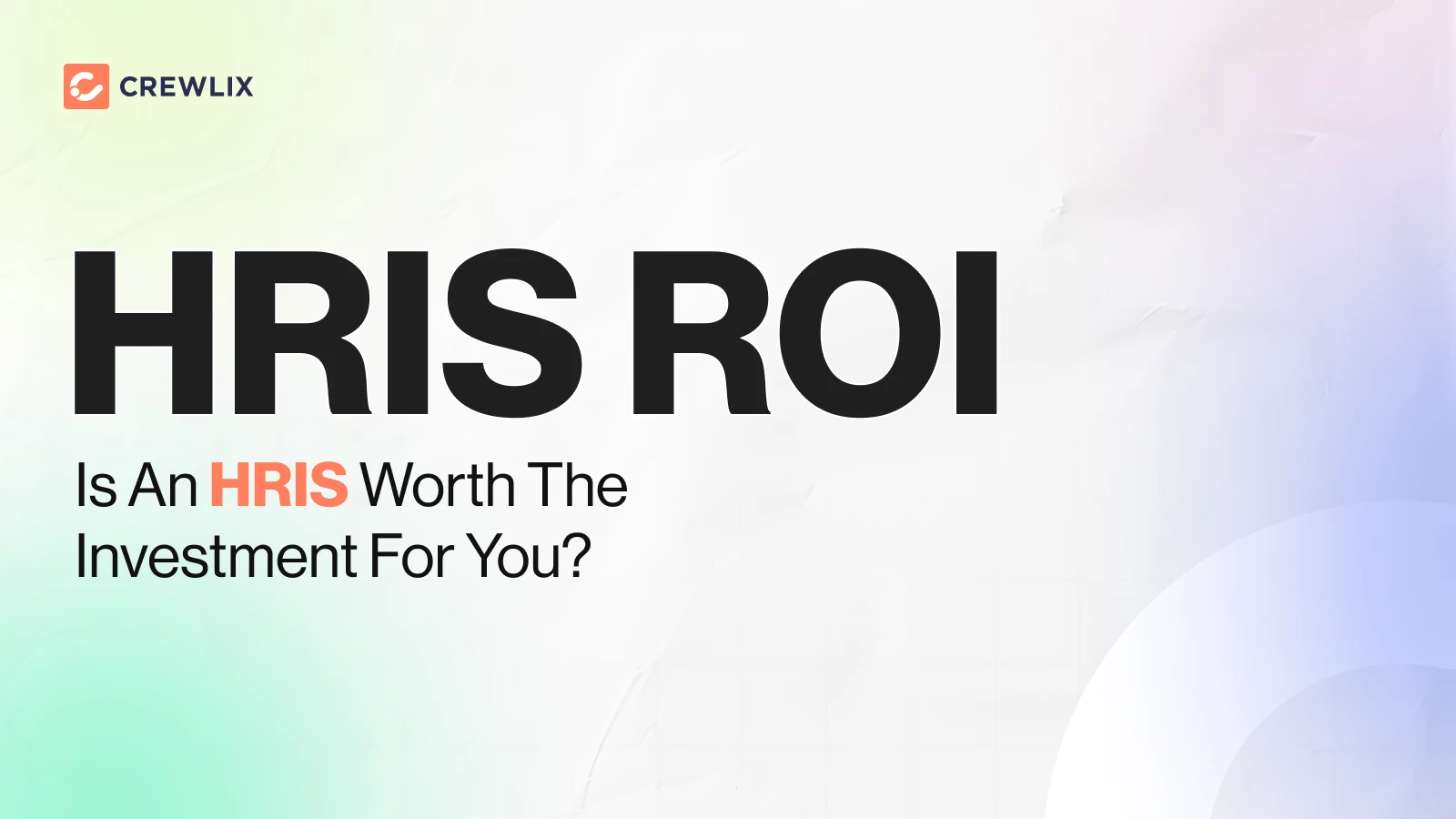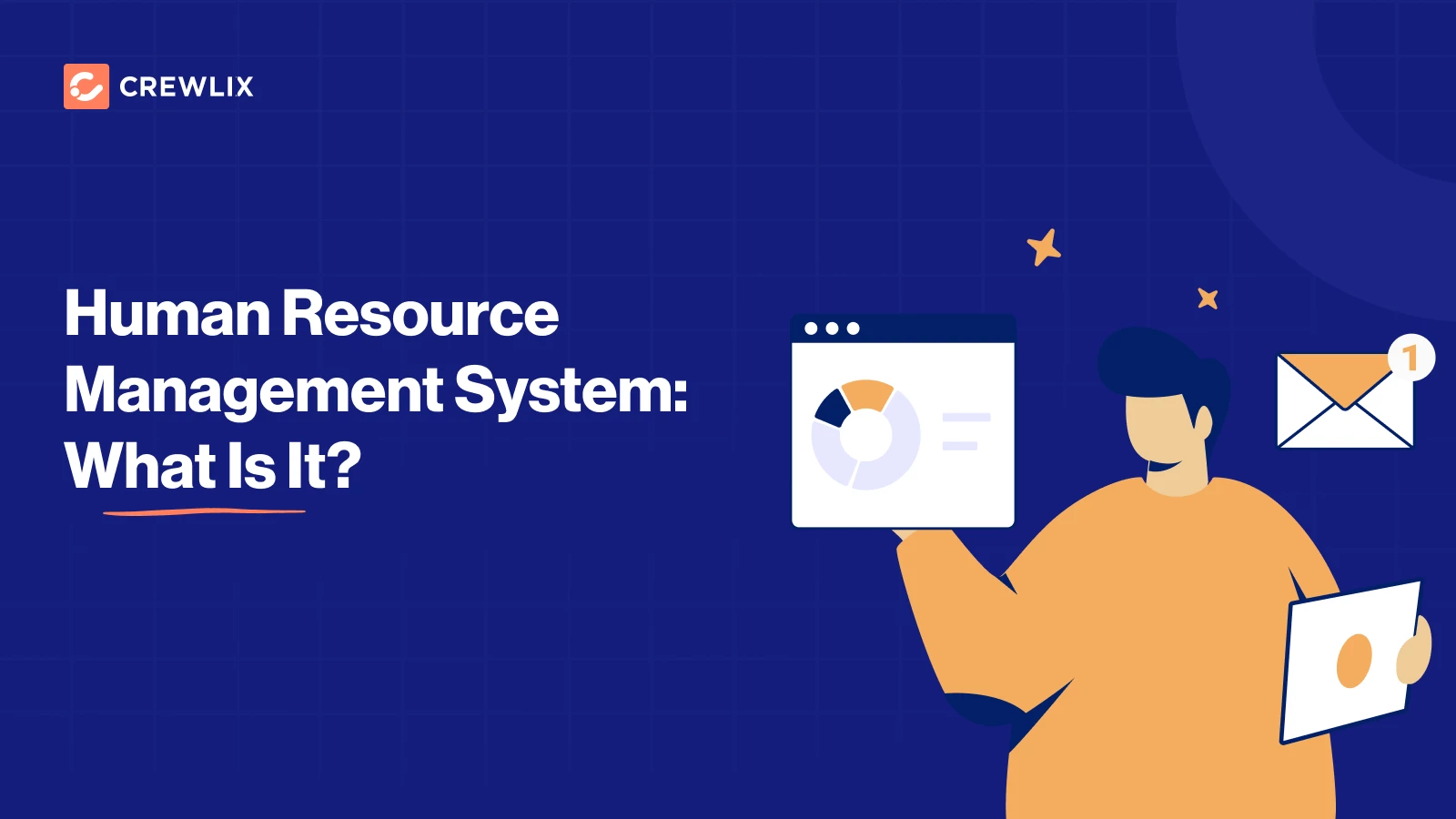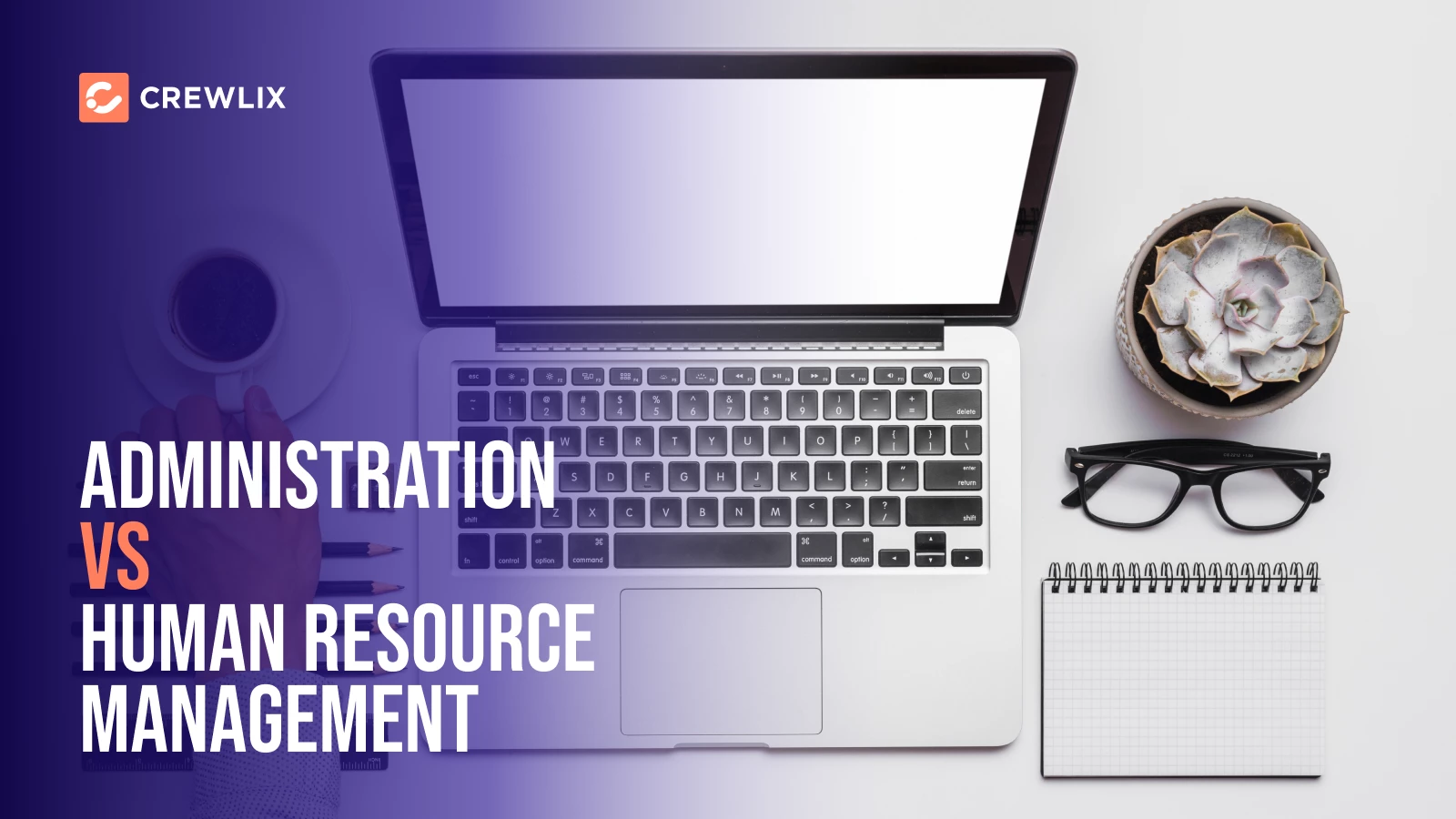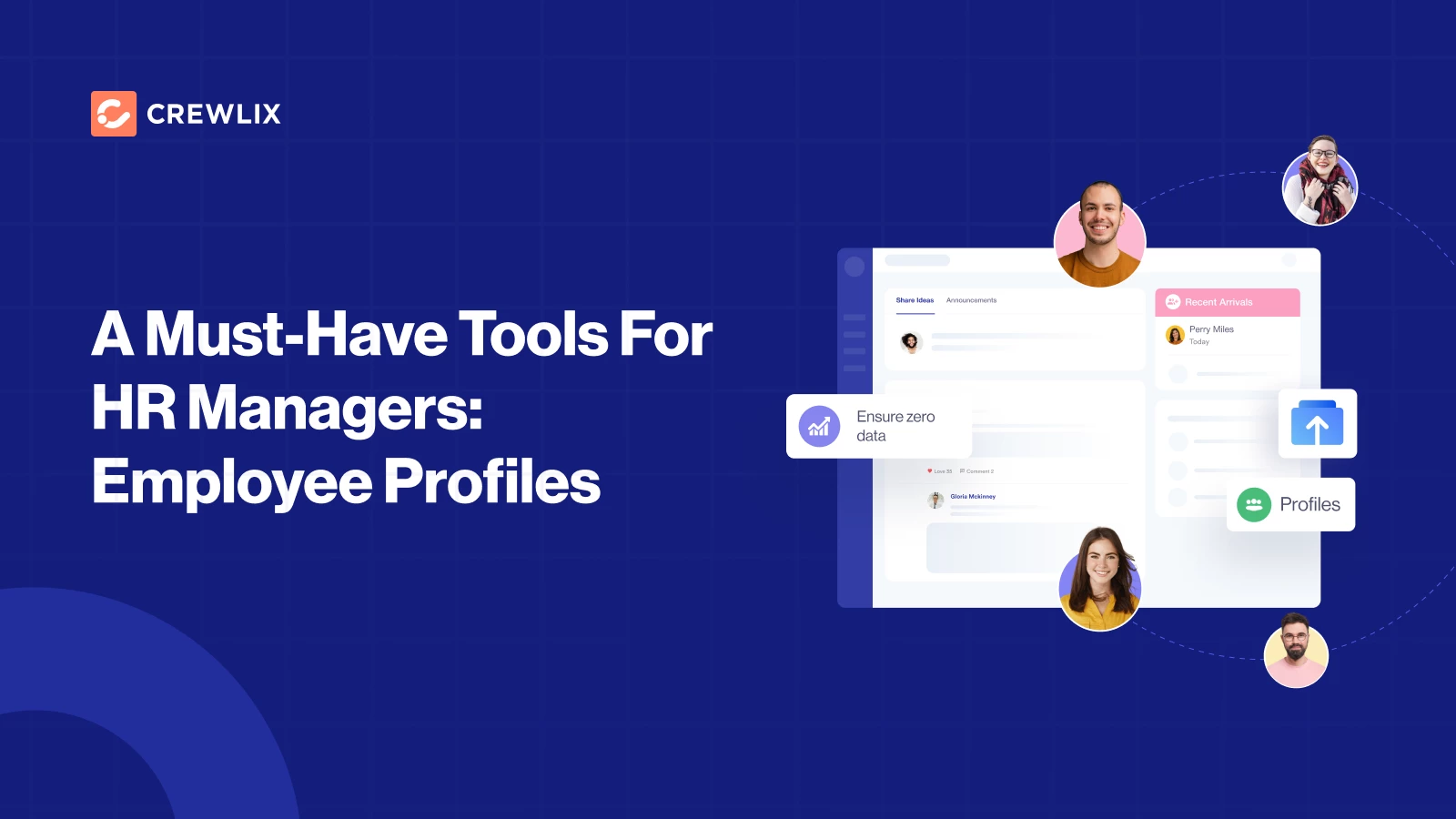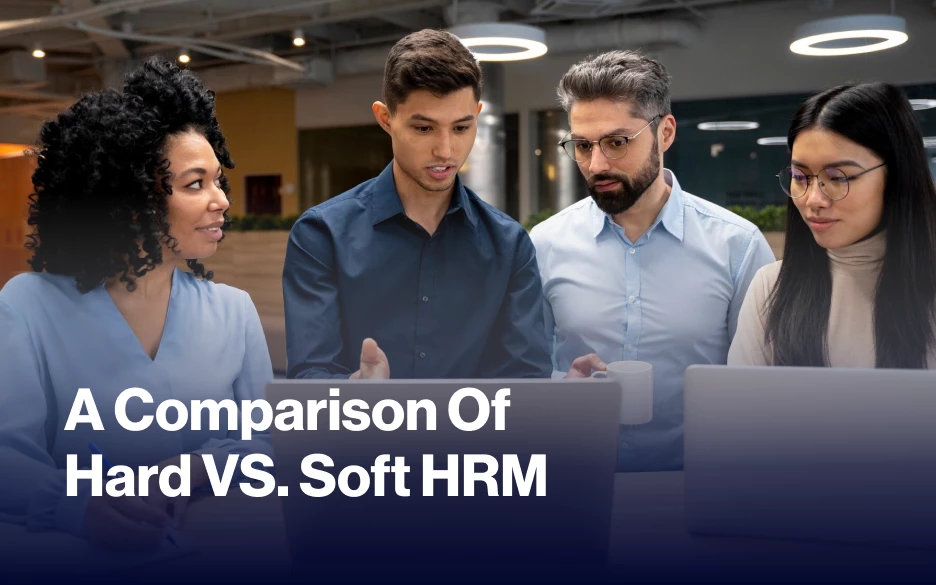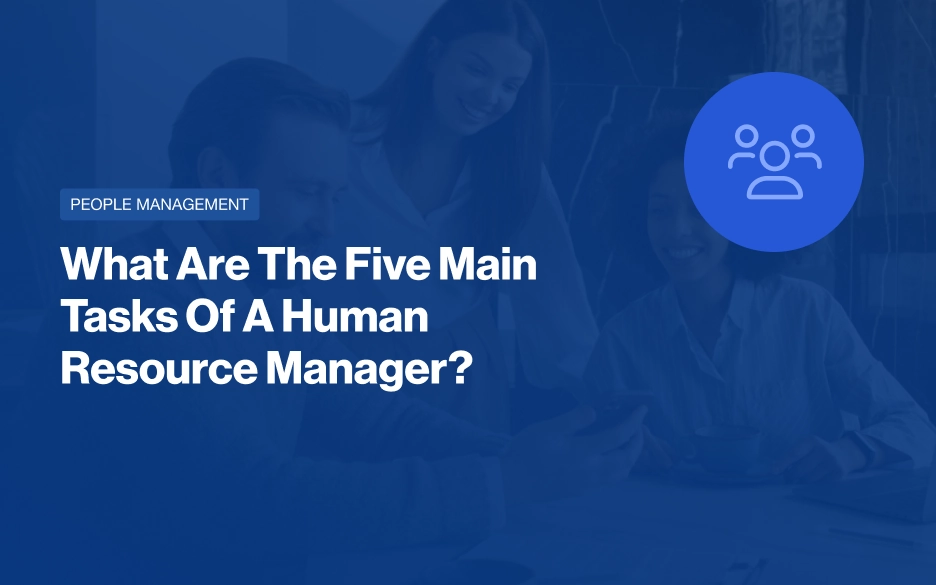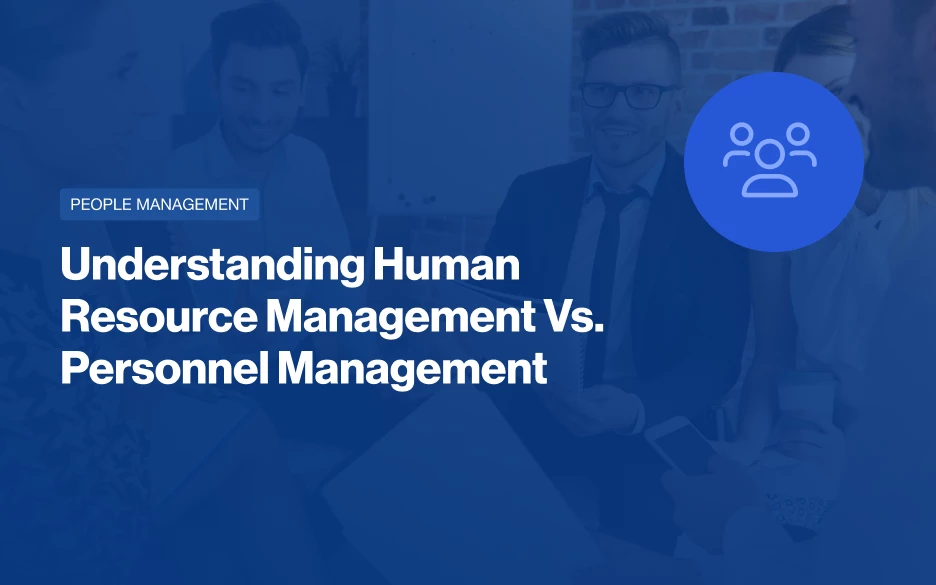When exploring HR technology, it’s crucial to understand the differences between HRIS and HRM. Even though both the terminology HRM and HRIS are often used interchangeably, they have very subtle differences.
HRIS is a data engine that tracks employee information, automates tasks, and manages all HR operations. Meanwhile, HRM is a broader aspect, comprising all the activities and processes involved in managing people within an organization.
To understand their nuances and purposes better, let’s take a look at today’s topic- HRIS vs. HRM.
What is HRIS?
The term HRIS stands for ‘Human Resource Information System.’ The software is a central hub for storing, managing, and analyzing employee data like contact details, job titles, salary, benefits, etc.
It also automates administrative tasks like onboarding, payroll, and leave requests. Additionally, HRIS provides easy access to the employee database to ensure smooth operation for all HR work.
Sometimes, HRIS systems and databases can vary from platform to platform. The primary goal of any HRIS is to keep all the data together while being extremely user-friendly.
How Does HRIS Work?
Here’s how a typical HRIS works-
Centralized Data Hub
HRIS functions as a centralized repository for all employee data, encompassing basic information like contact details and job titles to dynamic data like payroll and leave requests. As a result, data silos are eliminated, and consistency is maintained.
Automated Workflows
HRIS automates repetitive tasks like payroll calculations, benefits administration, and time tracking. It helps access HR professionals for strategic initiatives and employee engagement.
Self-Service Portal
Employees are empowered to manage their data and submit requests for leave or benefits changes. They have access to pay stubs directly through the HRIS portal, reducing the administrative burden for HR.
Data-Driven Insights
HRIS analyzes vast amounts of employee data and generates reports and dashboards highlighting trends and abnormalities. Moreover, HRIS identifies areas for improvement and provides actionable insights for informed decision-making.
System Integration
Seamless integration with other business systems like accounting, project management, and CRM fosters a unified data flow, eliminates redundancies, and offers a holistic view of the organization.
What Is HRM?
The term HRM stands for ‘Human Resource Management.’ It is a comprehensive solution that builds upon the base of HRIS.
It focuses on aspects of workforce management, including HRIS functionalities. Moreover, HRM manages employee recruitment, performance management, talent development, and compliance as well.
The HRM optimizes the entire employee lifecycle, from hiring and onboarding to training, performance evaluation, and retirement.
How Does HRM Work?
Here’s how a typical human resource management system works –
Strategic Workforce Planning
HRM aligns HR strategies with organizational goals. It analyzes future talent needs and develops relevant policies to ensure effective workforce management.
Talent Acquisition and Retention
Implements targeted recruitment methods to attract top talent, followed by streamlined onboarding processes and proactive retention strategies.
Performance Management
HRM establishes clear performance goals for employees. Moreover, it provides ongoing feedback and coaching to support development. HRM conducts regular appraisals to assess progress and identify areas for improvement.
Learning and Development
The HRM invests in training programs and career development opportunities to enhance employee skills and knowledge. It empowers them to excel in their roles and advance within the organization.
Compliance and Risk Management
HRM is responsible for maintaining ethical standards. It proactively identifies and mitigates potential risks related to HR practices. Moreover, HRM ensures adherence to pertinent labor laws, regulations, and organizational policies.
Data-Driven Insights
HRM collects and analyzes employee data on performance, engagement, retention, and other key metrics. It utilizes data analytics tools to generate insightful reports and dashboards that inform strategic HR decisions and continuous improvement.
Learn More: Exploring The 3 Types Of HR Systems
What are The Key Differences Between HRIS and HRM?
1. Focus:
HRIS: Data-centric: It is a centralized hub for storing and managing employee information and streamlining tasks like payroll, benefits administration, and time tracking.
HRM: People-centric: It encompasses the broader strategic management of your workforce, including talent acquisition, retention, performance management, development, and employee relations.
2. Function:
HRIS: Automates workflows: It simplifies routine HR tasks, freeing valuable time for strategic initiatives. It’s like a self-service portal for employees to manage leave requests or access pay stubs.
HRM: Drives strategic decisions: It leverages data from HRIS to analyze trends, identify areas for improvement, and formulate impactful strategies to optimize workforce performance and engagement.
3. Scope:
HRIS: Limited: While providing valuable data and operational efficiency, it doesn’t delve into strategic aspects like employee motivation or talent development.
HRM: Holistic: It considers the big picture, integrating HRIS data with organizational goals to develop comprehensive strategies for long-term workforce success.
4. Implementation:
HRIS: Relatively simpler: It primarily involves software set-up and data migration, often offered as standalone solutions.
HRM: Requires a bigger picture: Successfully implementing HRM involves aligning HRIS with company culture, policies, and engagement initiatives, demanding a more holistic approach.
Final Verdict
Choosing between HRIS and HRM depends on how you want to manage your workforce. HRIS simplifies data management, offering basic functionalities like payroll and time tracking.
You may prefer to consider HRM for your company if you want to take a more holistic approach. HRM goes beyond data; it uses it to optimize your workforce through strategic tools like performance management and analytics. It considers your organization’s size, specific challenges, and future needs. Evaluate features, user experience, and cost, ensuring the system seamlessly integrates with your setup.
Remember, choosing the right solution is not just about tools. It’s about building a system that empowers your people and propels your organization forward.

